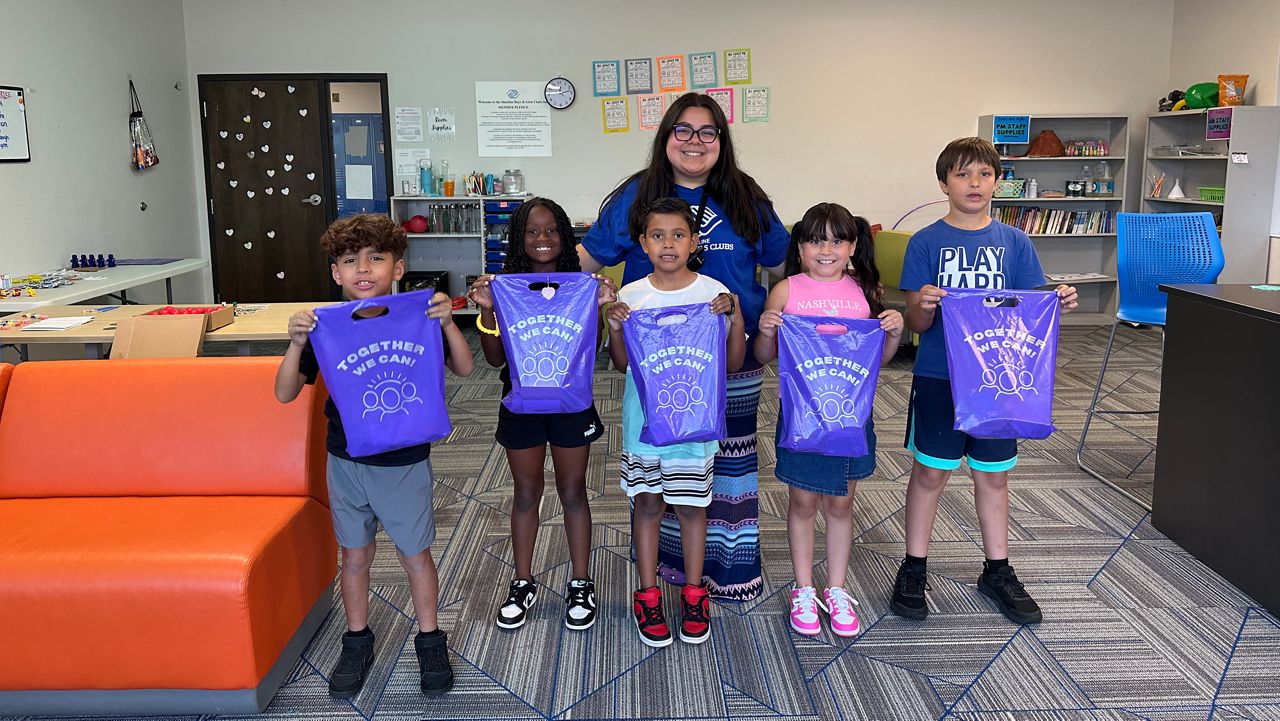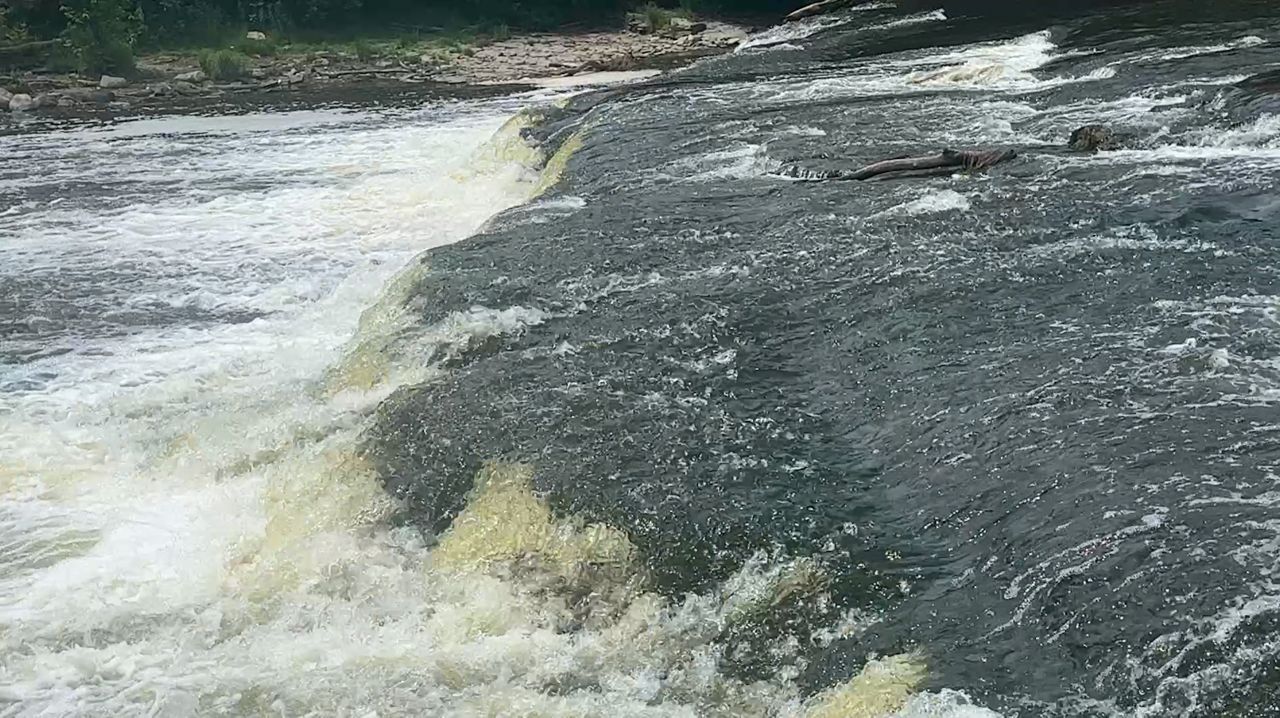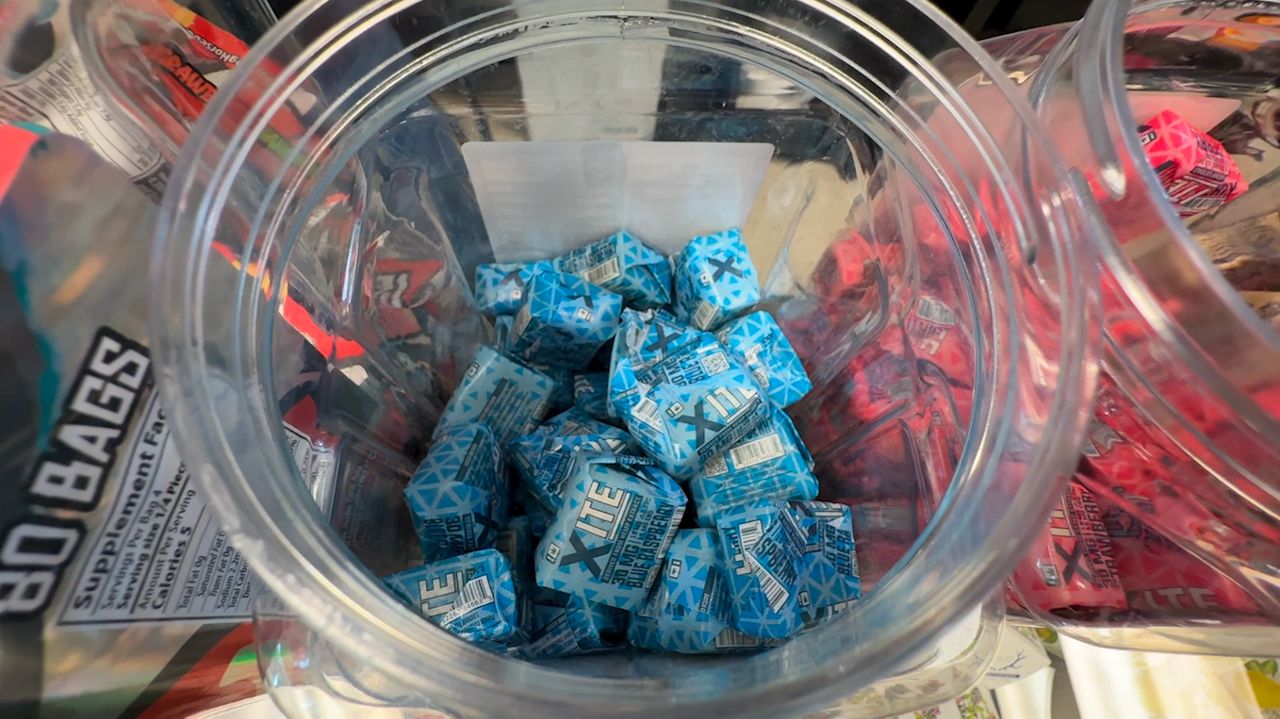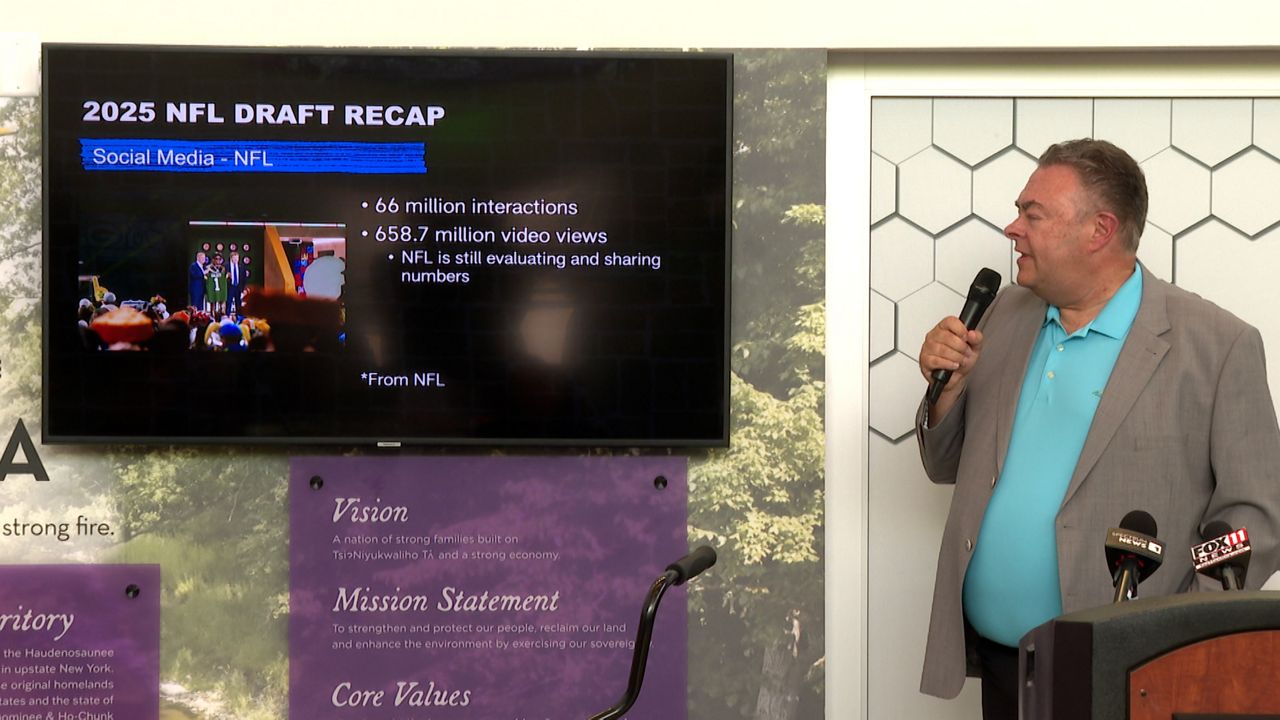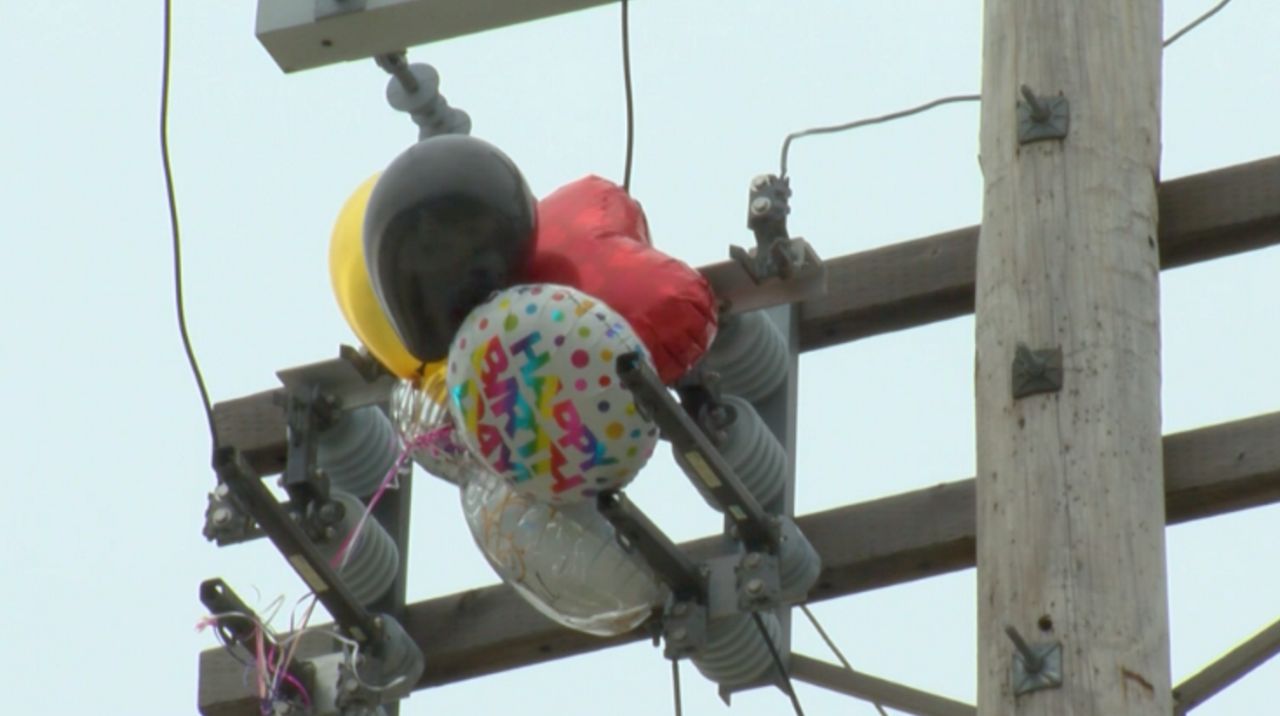MEQUON, Wis. — Hundreds of volunteers are expected to pull about 20,000 pounds of invasive plants from woodlands throughout southeast Wisconsin as part of the annual Garlic Mustard Pull-A-Thon organized by the Southeastern Wisconsin Invasive Species Consortium, Inc.
Since the Pull-A-Thon began 12 years ago, teams have collectively pulled more than 250,000 pounds of garlic mustard and Dame’s rocket. Both are invasive plants that crowd native wildflowers and endanger forests by preventing tree seedlings from growing. Not only do they out-compete native plants for sunlight and nutrients, but no native insects or wildlife eat garlic mustard or Dame’s rocket.
“They have the ability to change the soil chemistry to favor themselves over any competition, and so without any native pests or animal associations that can control them, they are just able to flourish,” said Nick Gall, Mequon Nature Preserve ecological restoration manager. “Unfortunately, they have to end up in a landfill, but it’s better than having those seeds propagate and become a further issue.”
The Mequon Nature Preserve is one of 19 teams participating in this year’s Pull-A-Thon. It has been a part of the competition since it started in 2013. Every May and June, different teams compete to pull out invasive plants and fundraise for the Southeastern Wisconsin Invasive Consortium, Inc. A trophy and bragging rights will be awarded to the winning team at the end of June.
The annual event has made a big difference for the Mequon Nature Preserve.
“Our garlic mustard and Dame’s rocket populations have decreased substantially,” Gall said.
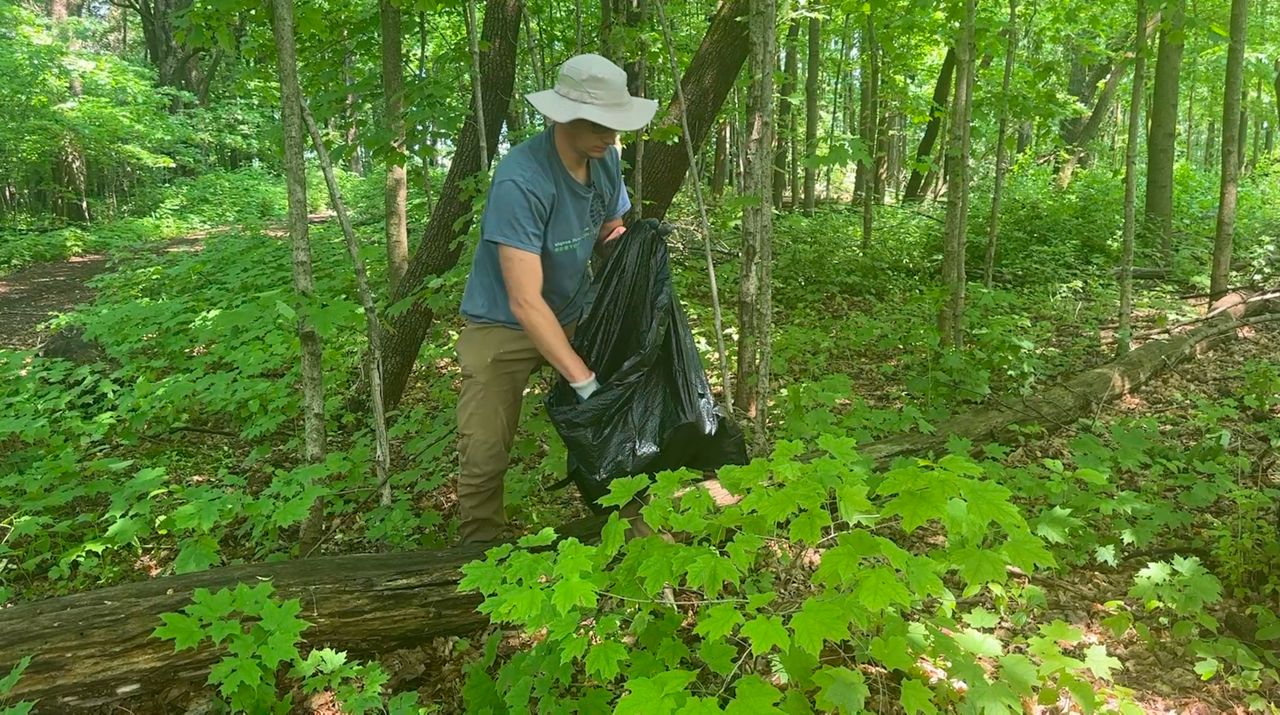
Because there are less of those invasive plants now, Gall said it’s allowed the nature preserve staff to use some of the typical Pull-A-Thon helpers for other tasks, like planting and re-population efforts.
Jill Hapner, the executive director of the Southeastern Wisconsin Invasive Species Consortium, said doing this also helps raise funds to control new invasive plants, like Japanese hops and wild parsnips, which can also overtake native vegetation.
“What we are more concerned about, our group and our sister groups across the state, are those invaders that are coming in, and getting the word about those, because we don’t want those new invaders to be widespread,” said Hapner.
For more information, click here.





